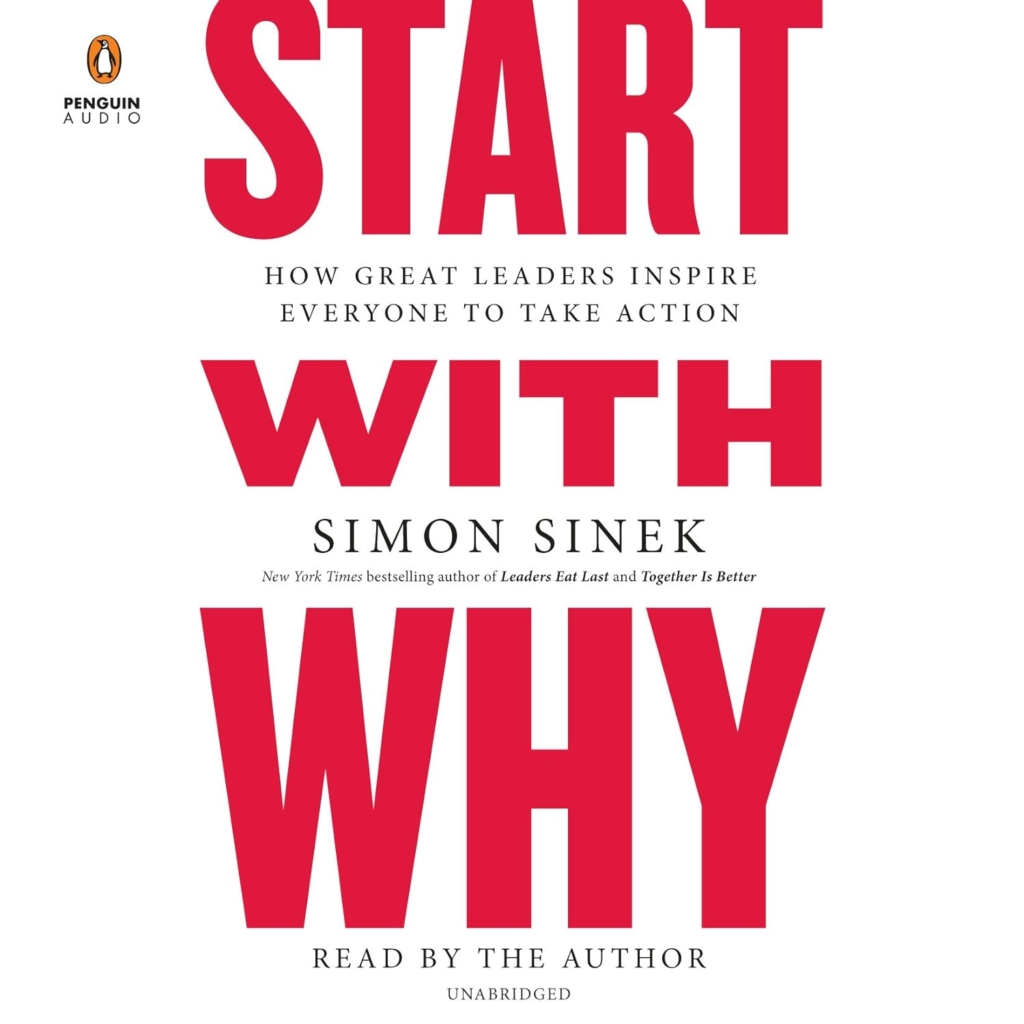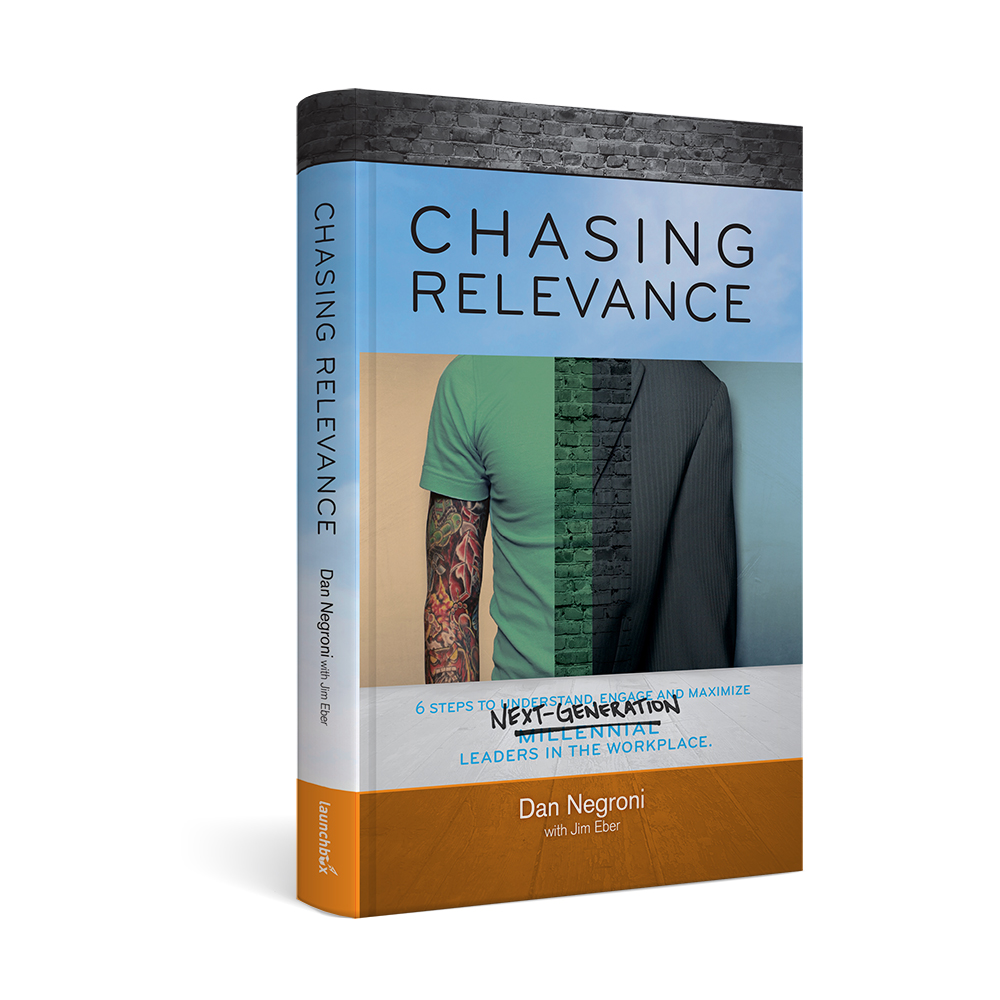We believe the formula for human success through RESILIENCE is the exact same formula we’ve been coaching our clients on over the last five years. And it’s the same formula we’re still going to be coaching on after the curve has flattened and we’re all back to work:
SELF + OTHERS = RESULTS
SELF
Success starts with you. Take control of you! You’ve got to figure out who you are, what you stand for, and then how to articulate your value to others. That creates real resilience by simply knowing with immense CLARITY who you are and want to be and how you show up and impact the world. That simple. Once you’re solid and are CONFIDENT with owning your foundation you’re ready to be tough and spring back or recover from anything. That’s resilience!
So understanding you (SELF) allows you to move on to the second part of our success formula.
OTHERS
Figuring out yourself is the basis for cultivating better relationships with others through connection. Relationships are what make us happy and help us live longer. And, as humans we need connection! COVID-19 shows us that now more than ever. Relationships are built and created on connection and meaning, which is why the CLARITY and CONFIDENCE in knowing who you are and the real deal value (IMPACT) you have to offer is most important – it’s the not-so secret tool to finding ways to connect with other people. Understanding what impact and meaning you are and want to pursue is the fuel. What is purposeful to you?
Connecting with others is the secret to impact and life. As Zig Ziglar said, “You can have everything in life you want, if you will just help other people get what they want.” We all want everything so we can make the world and ourselves better. Both at work and at home, which we now see is the same thing. YEAH!
Therefore, the most critical skills we can build are mastering SELF + OTHERS. Such mastery will lead you to results, and you get the opportunity to define those results for yourself:
- Is it more resilience?
- More meaning?
- More relationships?
- More money?
- Better work/life balance?
- A promotion?
- More confidence?
- More ideas?
- More impact?
Whatever result you’re after, you’ll get there by first working on yourself, then your relationships with others.
Over the next few weeks we’ll be creating bite-sized learnings to SHARE our success formula and offering new ways for you to develop the skills you need to get results as we beat the *&%$2! out of this global pandemic. We’re planning to offer our signature Mindset exercises, tips and tools and our Foundational Strengths & Story workshop as a virtual course to help you master SELF & OTHERS with CLARITY, CONFIDENCE AND IMPACT.
So if you’re:
- Starting a new career
- Figuring out your purpose and impact
- Looking for a way to expand your business or opportunity
- Trying to build engagement and resilience for your employees
- Want get clear on your value and connect with others better
- Or want more confidence
Reach out to us if you’re interested in joining the wait list.
Also, if you’re looking for personalized coaching and attention to help you up your game and get the results you’re after, give us a call at (858) 314-9867 – right now we’re offering complimentary coaching sessions because we want to help you succeed and thrive. You just need to step up and request a free session!



